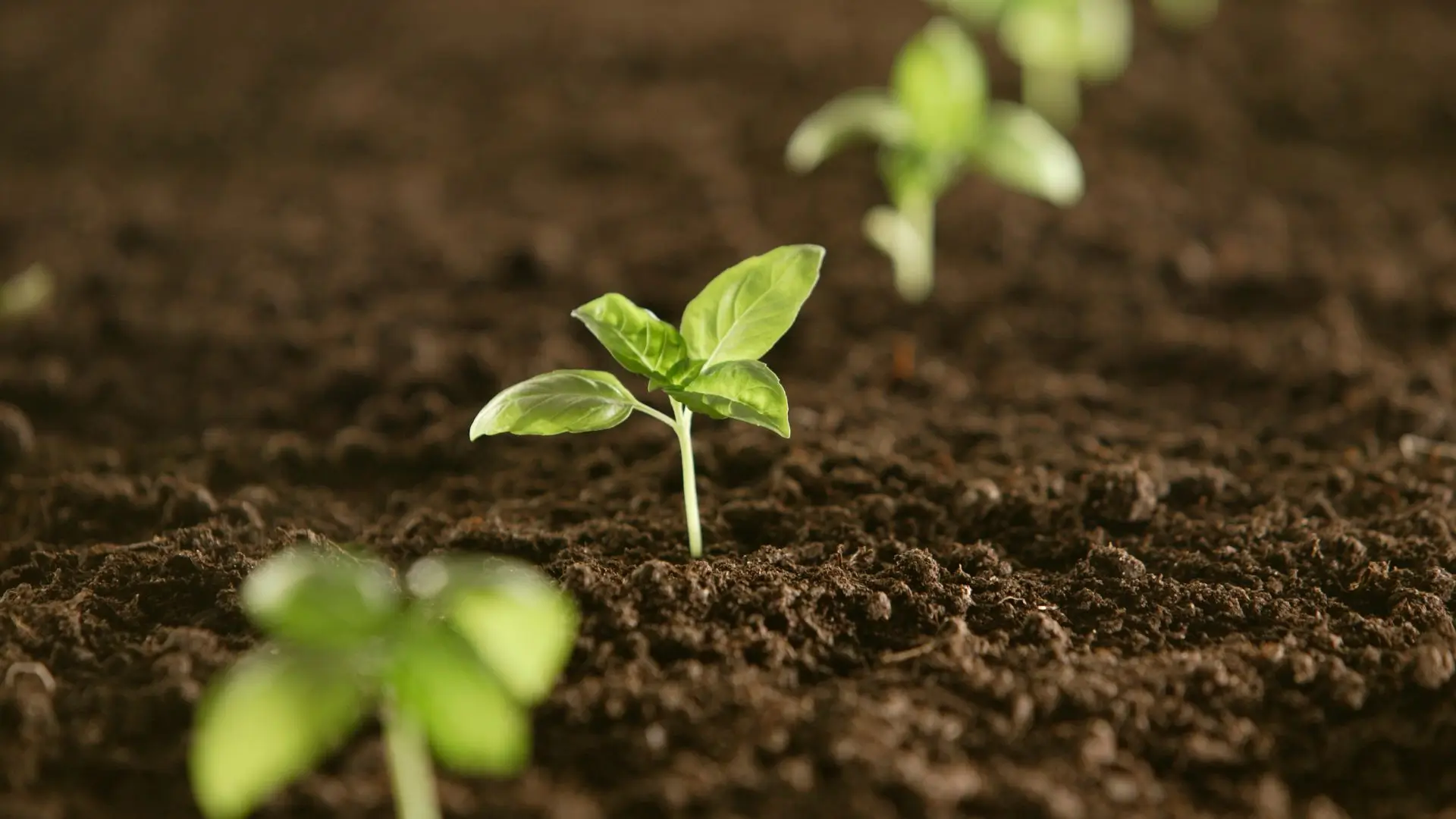Soil Health as a Foundation for Ecosystem Function: Understanding the Essential Contributions of Soil Microbiota and Fauna to Ecosystem Functionality
Soil health is a critical component of ecosystem functionality and resilience, underpinning the capacity of ecosystems to withstand environmental change and stressors. Soil health is defined as the ability of soil to function effectively within ecosystem boundaries, supporting plant and animal fitness, biodiversity, and environmental quality (Doran & Safley, 1997). The complex interactions among soil microbiota, fauna, and plant roots create a multiple system that supports various ecosystem services, including nutrient cycling, water retention, and carbon sequestration. This paper explores the essential contributions of soil microorganisms and fauna to ecosystem functionality and resilience, emphasizing the importance of maintaining healthy soils in the face of climate change and land degradation.

The Role of Soil Microbiota
Soil microbiota, consisting of bacteria, fungi, archaea, and other microorganisms, play a key role in maintaining soil health and ecosystem functionality. These microorganisms are fundamental to nutrient cycling processes, particularly the conversion of organic matter into plant-available nutrients. For example, microbial biomass contributes significantly to soil organic carbon (SOC) pools, which are essential for maintaining soil fertility. Studies have shown that healthy soils can contain up to 50% of their organic carbon in microbial biomass, indicating the critical role of microbes in carbon storage.
Contributions of Soil Fauna
Soil fauna, including earthworms, nematodes, and arthropods, further improve soil health through their activities. Earthworms are particularly well known for their role in improving soil structure by creating burrows that enhance aeration and water infiltration (Blouin et al., 2013). Their feeding activities also facilitate the decomposition of organic matter, contributing to nutrient cycling and increasing soil fertility.
Soil Health Indicators
Assessment of soil health is multifaceted and includes physical, chemical, and biological indicators. Key indicators include soil organic matter content, microbial biomass, enzyme activities, and biodiversity metrics. For example, an increase in microbial biomass is often associated with improved soil structure and fertility. Similarly, enzyme activities related to carbon cycling can serve as proxies for microbial activity and overall soil health (Sprunger, & Martin, 2023). A comprehensive understanding of these indicators allows for better management practices aimed at improving soil health.
The Role of Soil Health in Forest Ecosystems
Healthy soils provide essential ecosystem services, including nutrient cycling, water retention, and habitat for a variety of organisms. Research shows that healthy soils enhance tree growth and overall forest productivity by improving nutrient availability and water-holding capacity. For example, maintaining high levels of soil organic matter (SOM) can increase soil fertility, improve moisture retention, and support diverse microbial communities that contribute to nutrient cycling (Murphy, 2015). Healthy soils can also mitigate erosion and compaction, which are critical factors affecting root development and tree stability.
Carbon Sequestration Potential of Healthy Soils
Healthy soils are essential for carbon sequestration in forest ecosystems. Soil organic carbon (SOC) is an important component of the global carbon cycle, and forests are important carbon sinks. Studies have shown that well-managed forests can sequester substantial amounts of CO2 through photosynthesis, with tree biomass contributing to SOC through leaf litter decomposition and root exudation. Soils with higher organic matter content can sequester more carbon due to increased aggregation and stability of SOC (Lal, 2016).
Resilience to Climate Change
Healthy soils contribute to the resilience of forest ecosystems in the face of climate change. By improving water retention, healthy soils help trees withstand periods of drought – an increasingly common occurrence due to changing precipitation patterns. In addition, forests with healthy soils are better able to recover from disturbances such as wildfire or insect outbreaks. The presence of healthy soil microbiota can facilitate rapid regeneration by promoting plant growth after disturbances (Józefowska et al., 2017). This resilience is critical for maintaining ecosystem services that support both human livelihoods and biodiversity.
Why It Matters for Ecobal?
At Ecobal, we are committed to staying at the forefront of technological advancements in CO2 sequestration. By integrating cutting-edge technologies such as ultra-fast CO2 hydrate formation, we enhance our efforts to transform former agricultural or barren lands into thriving ecosystems. Ecobal has achieved significant milestones, including:
- Nature Spots: Established across five EU countries—France, Italy, Poland, Spain, and Romania.
- Storage Capacity: Managing 155 hectares of Nature Spots, sequestering 1581 tons of CO2 annually and releasing about 1150 tons of oxygen per year.
This ensures that our projects not only effectively sequester CO2 but also contribute to sustainable biodiversity conservation.
Ecobal’s Mission:
- Raise awareness and establish authority to certify the ecological health and capacity of rural and natural landscapes.
- Monetize ecosystem services to demonstrate the economic value of nature.
- Use natural ecosystems as efficient carbon sinks for CH4 and CO2 sequestration and biodiversity conservation.
- Turn CO2 and CH4 from a challenge into valuable and tradable commodities.
- Manage soil microbiota and fauna to improve soil health and ecosystem functionality.
- Restore biodiversity through the reintroduction and conservation of native species.
Conclusion
Soil health serves as the foundation for ecosystem functionality and resilience through the essential contributions of soil microbiota and fauna. The complex interactions between these organisms facilitate vital processes such as nutrient cycling, water retention, and carbon sequestration. As ecosystems face increasing pressures from climate change and land degradation, prioritizing soil health becomes imperative to maintaining both natural ecosystems and agricultural productivity.
Selected Source
- Blouin, M., et al. (2013). A review of earthworm impact on soil function and ecosystem services. European Journal of Soil Science, 64(2), 161-182.
- Doran, J. W., & Safley, M. (1997). Defining and assessing soil health and sustainable productivity.
- Józefowska, A., et al. (2017). The effects of tree species and substrate on carbon sequestration. Geoderma, 292, 9-16.
- Lal, R. (2016). Soil health and carbon management. Food and Energy Security, 5(4), 212-222.
- Murphy, B. W. (2015). Impact of soil organic matter on soil properties—a review. Soil Research, 53(6), 605-635.
- Sprunger, C. D., & Martin, T. K. (2023). An integrated approach to assessing soil biological health. Advances in Agronomy, 182, 131-168.


